For lovers of Japanese arms and armor, the Musée du armée has a nice collection of them. enjoy. Any comments are appreciated.
Kind regards
Manouchehr
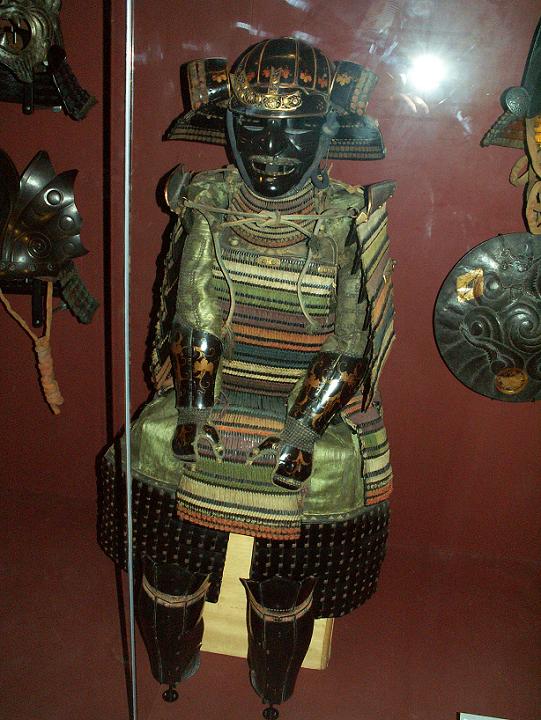
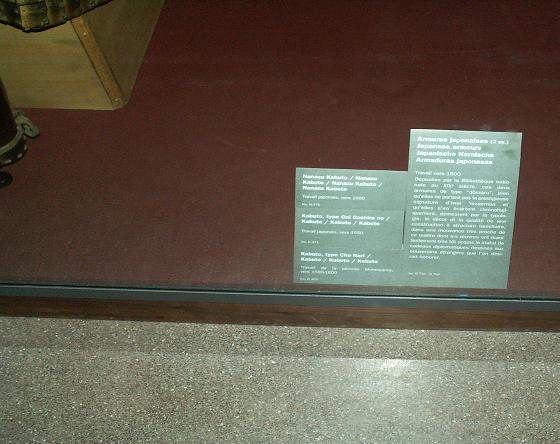
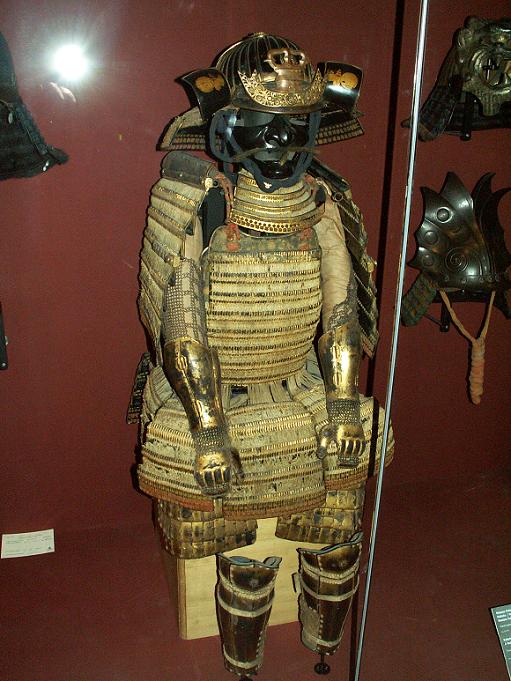
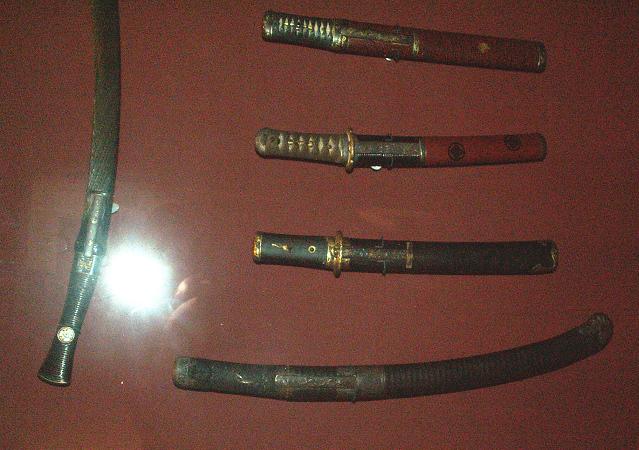
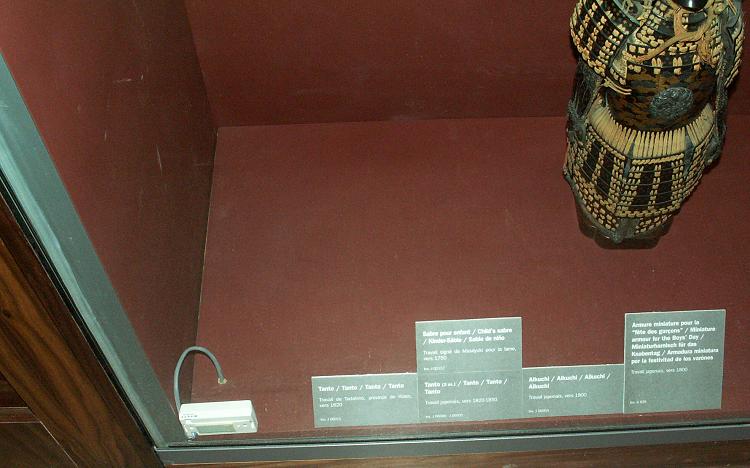
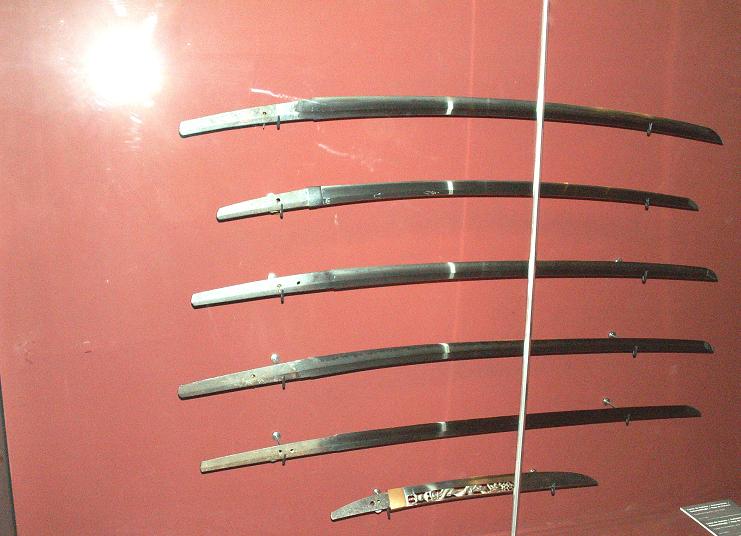
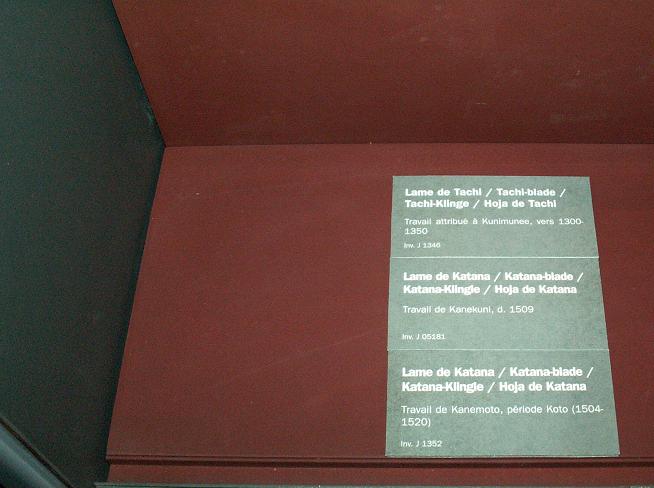
[ Download ]







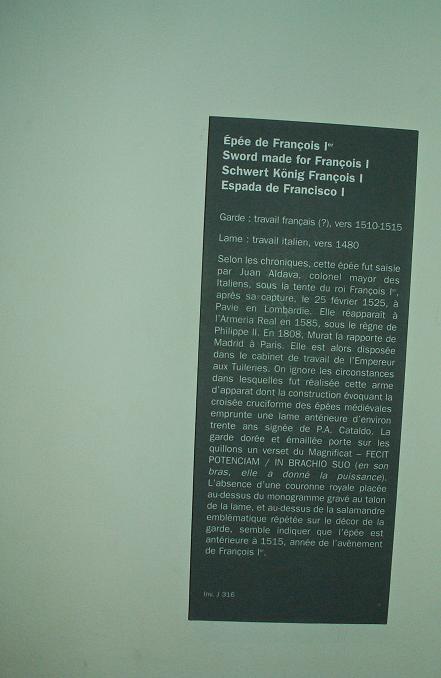
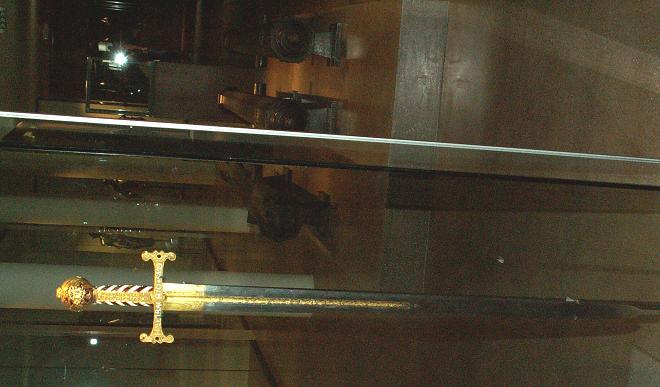
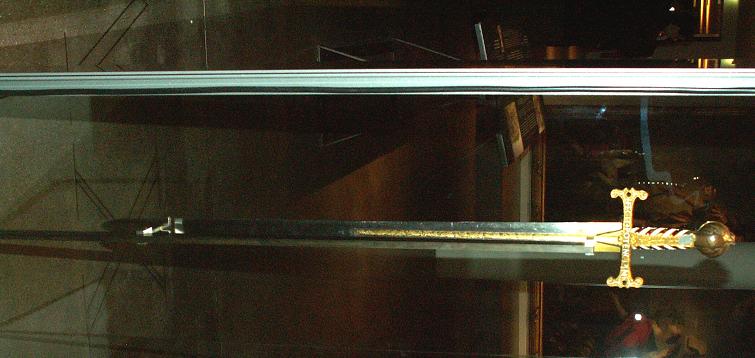
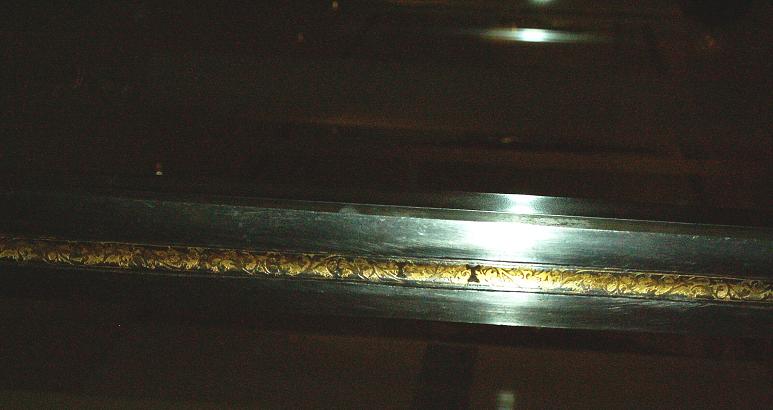
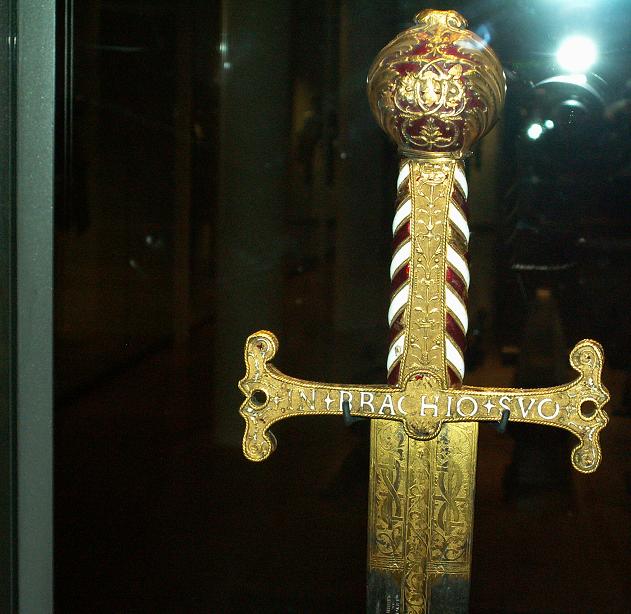
| Sean Flynt wrote: | ||||
And thank you for the photos! As for the archer's brigandine, I can offer only basic info about western armour of this type. It consists of small iron plates riveted to cloth or leather facing material. Sometimes the plates are exposed on the inside of the garment, sometimes they are concealed by a lining. Because the plates can move independently and slide over each other to some degree, this type of armour offers more flexibility than solid plate armour. It is often said that this type of armour also is lighter weight than solid plate. I have no real reason to doubt this, but I'd like to hear a detailed explanation of that. It seems to me that, given the same amount of coverage and same plate thickness, solid plate would be lighter simply because it lacks the rivets required by the brigandine. In theory, this armour is easier (cheaper) to produce than solid plate, which must be formed and fitted. Thus its infantry use. It is interesting to note that although this type of armour was largely considered obsolete in the west by the 17th century, there is some evidence that the earliest English colonists in Viginia Colony (first quarter of the 17th c.) cut up solid breastplates in order to produce brigandine armour. This is supposed to be an indication that the solid plate was too cumbersome or hot for that particular environment. According to this thinking, a "jack" or "jack of plate" as the English called this type of armour, would have provided ample protection from native arrows and spears while allowing the wearer a more comfortable garment (leather?linen?wool?) and relatively free range of motion. Armour isn't my primary interest, but I'm sure some students of medieval armour will chime in here to tell us more about the brigandine shown. |
| Manouchehr M. wrote: | ||
This Brigandine is interesting because it doesn't exhibit some typical features most surviving or depicted 15th century brigandines, namely the triangular nail pattern, though it does have the larger plates that are typical of 15 century, as opposed to 16th century, brigs. I'd need to see the providence and the restoration history to figure out any details about whether its (re?)construction is accurate. But I see no reason to doubt it. You can still see, to a certain extent, how the brigandine was a tailored and shapely garment that resembled the civilian doublet with its narrow waist, rather than a fairly shapeless one like a coat of plates. However if illustrations are to be believed a new brigandine would be even shapelier and more wasp-waisted. Finally I'd point out that unlike a jack of plates, where the plates reinforce a cloth jack, the plates are the sole armour hear, the leather being just a covering. Though I don't know much about elizabethan or Jacobean armour, and for them a jack of plates could be something more like a brigandine rather than a jack with plates in it. -Wilhelm |
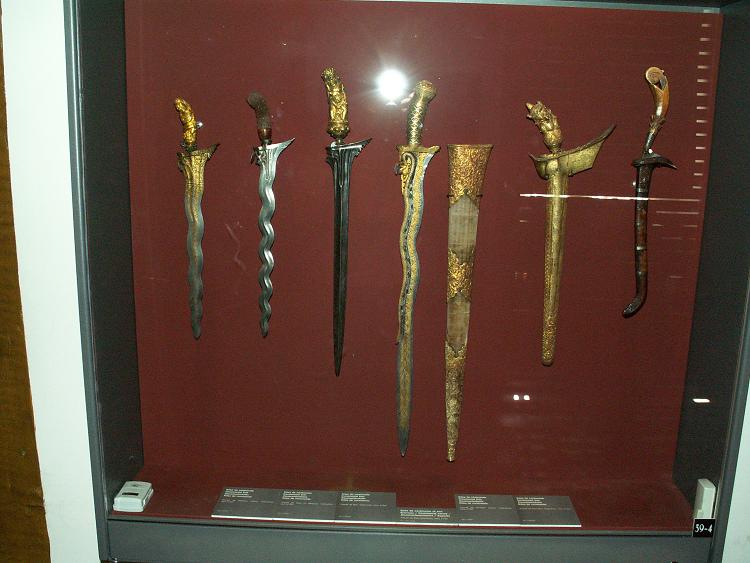
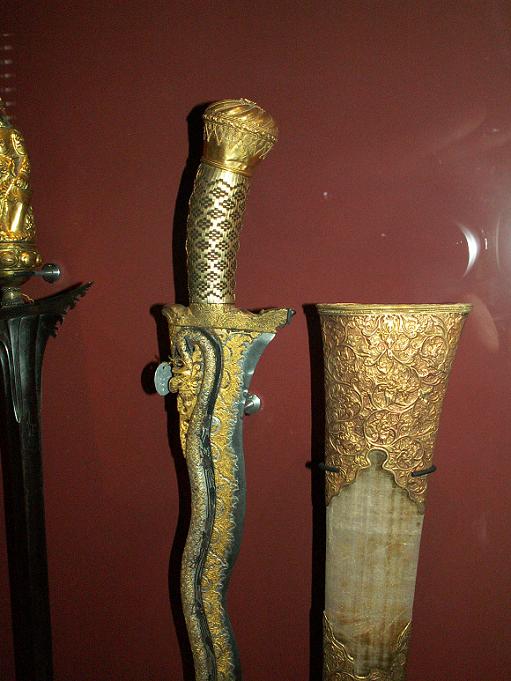
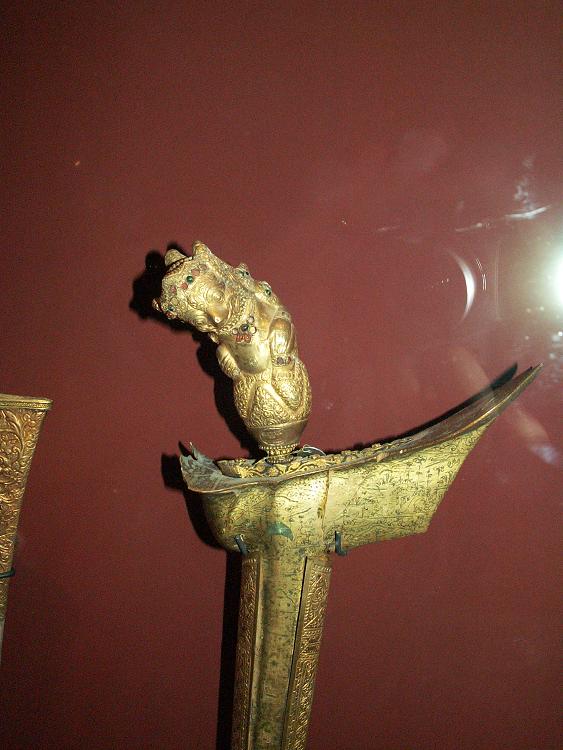
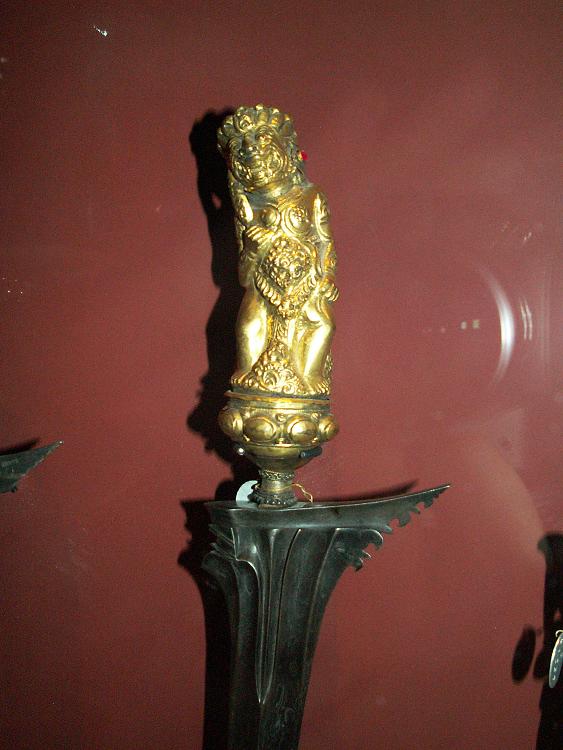
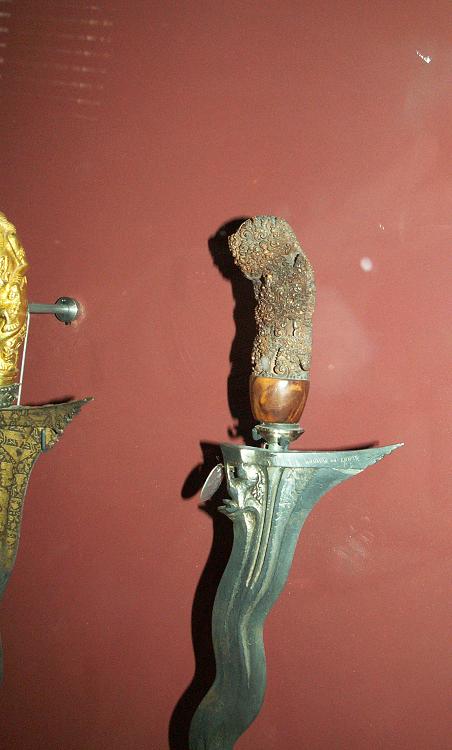
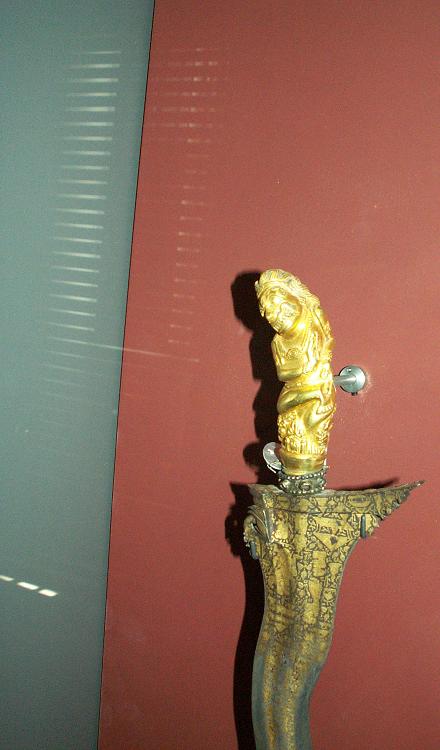
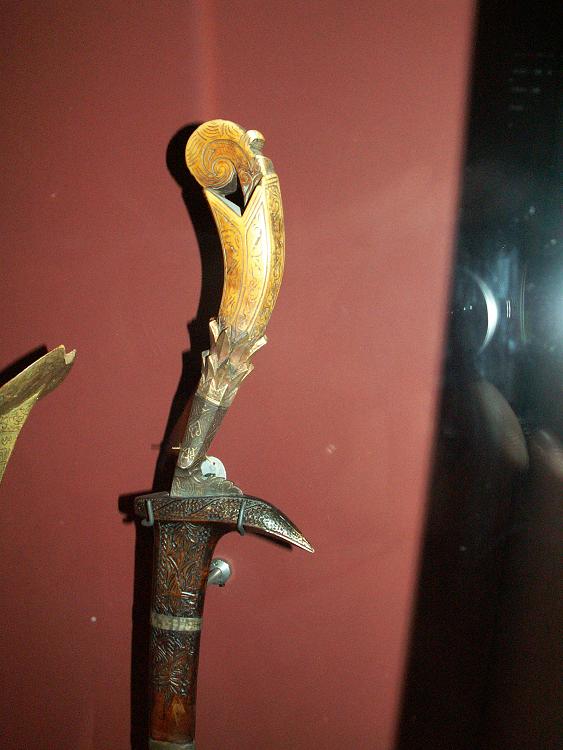


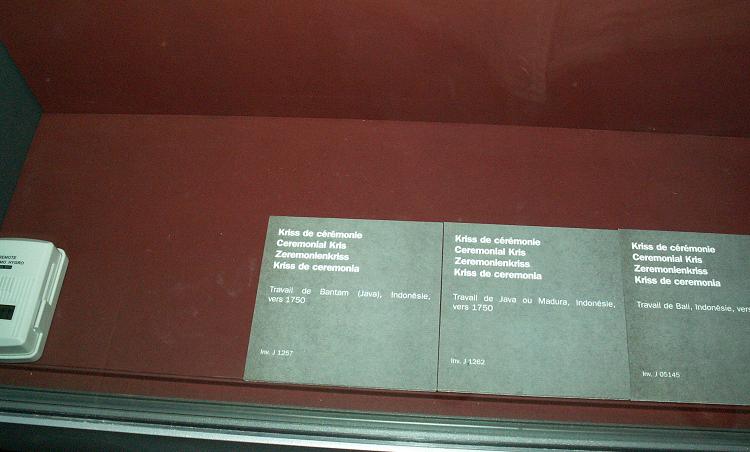
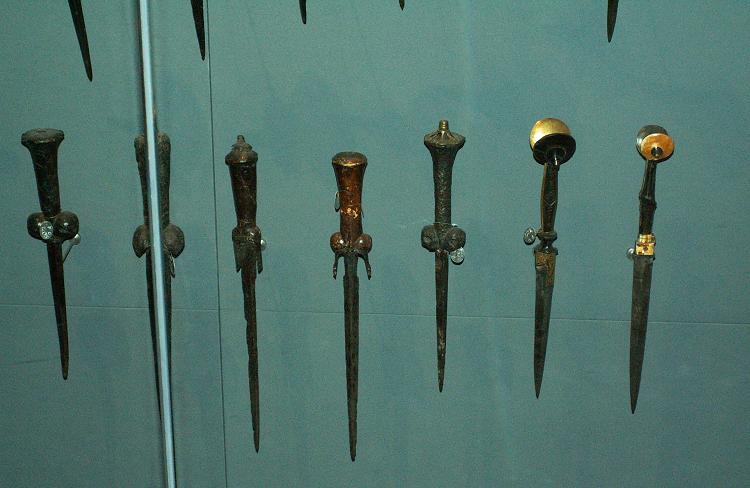

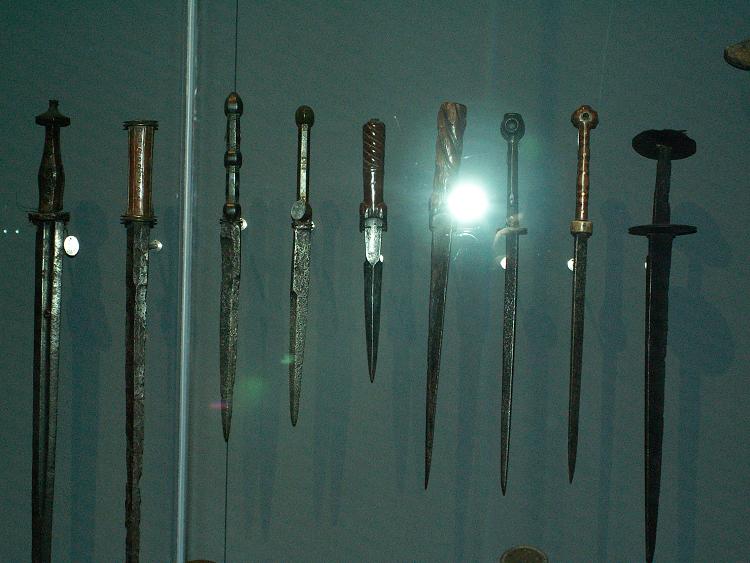
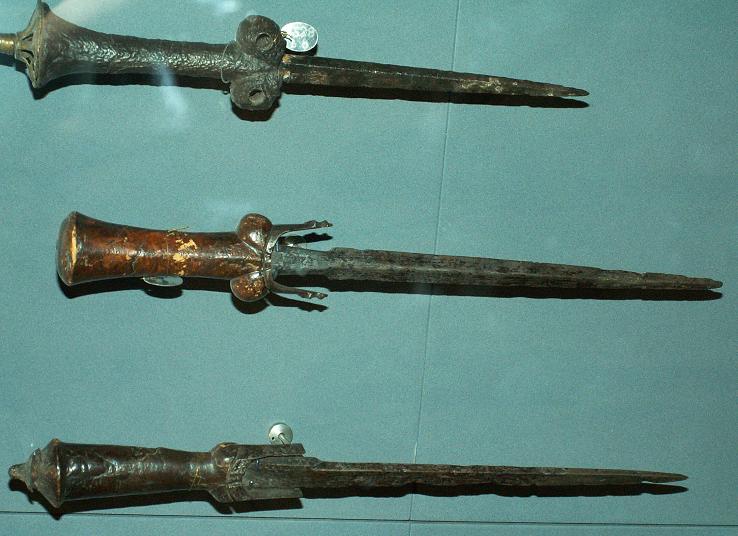


| Joshua Connolly wrote: |
| Am I the only one who wishes they'd let us take some of these works of art home with us? :3 |
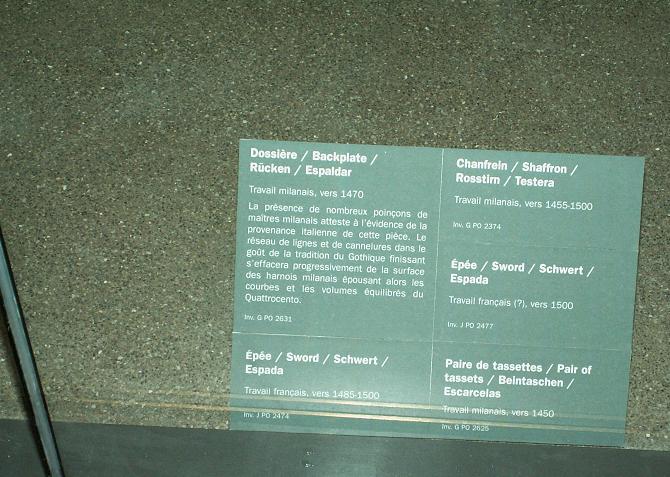
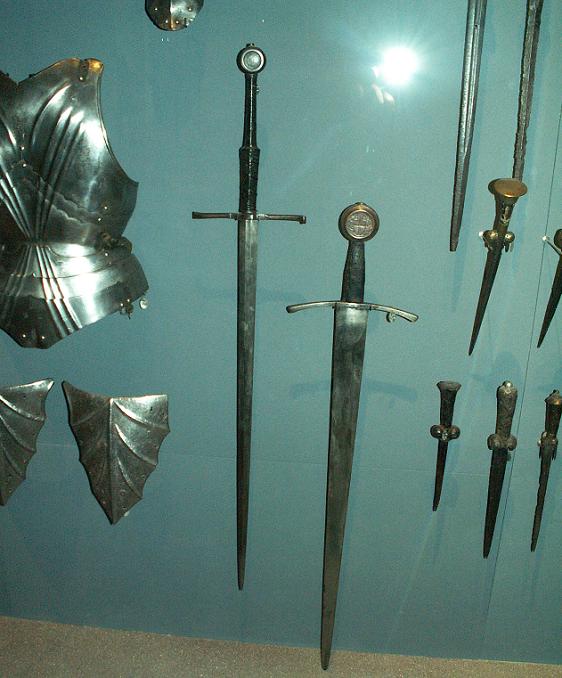
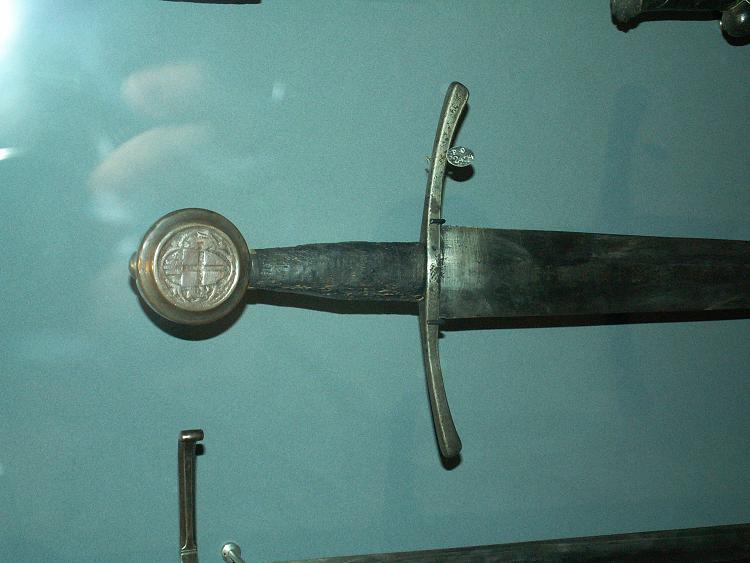

| James Arlen Gillaspie wrote: |
| I've been a frequent visitor to the museum, but I haven't seen all the sections open at once since '93, and haven't been there since '97. I don't know when I'll see it again. This is almost painful.... |
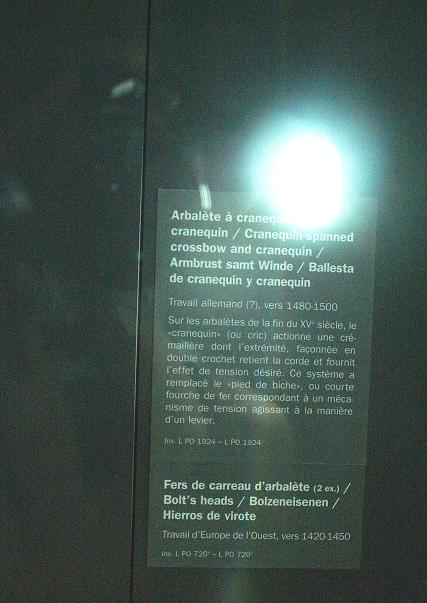
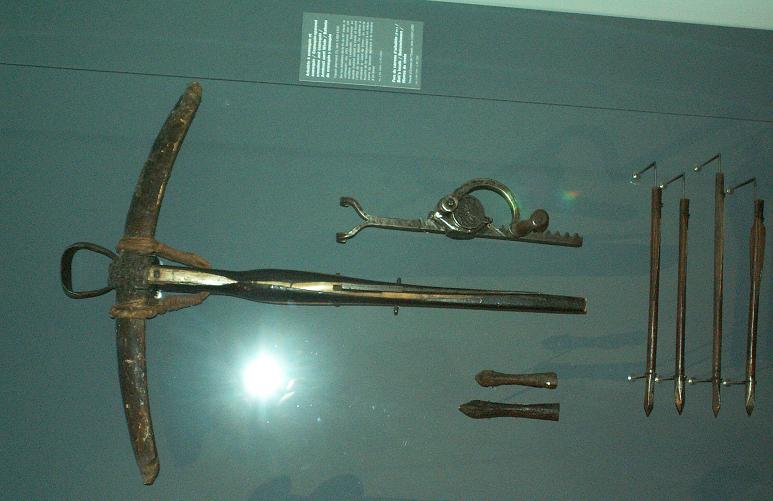

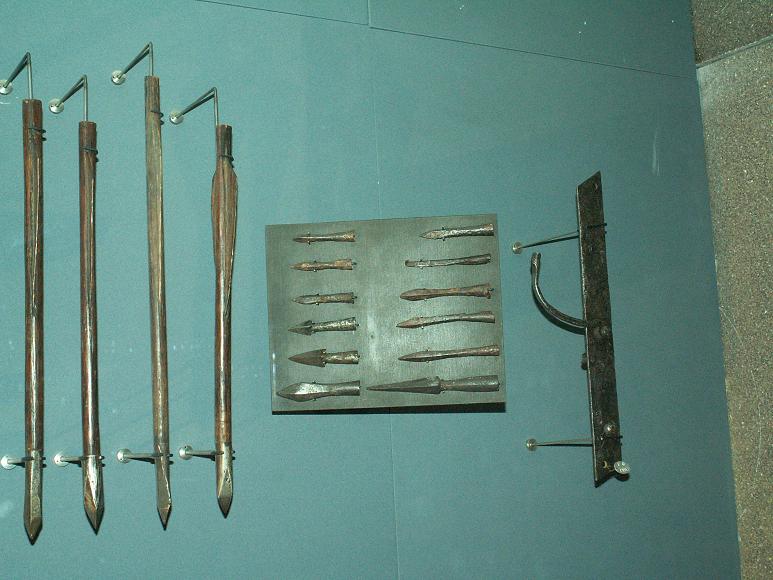
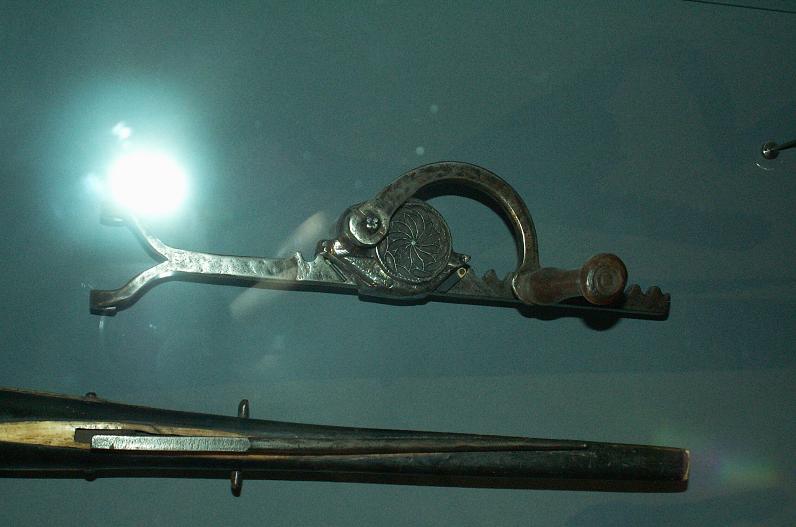
| Manouchehr M. wrote: |
| Dear friends,
Let us continue our journey. I really appreciate your input on any piece posted so far. These two swords are French between 1485-1500. Kind regards Manouchehr Moshtagh Khorasani |
| Russ Ellis wrote: |
|
ARRRRHHHH! I looked at this picture set and thought to myself... hmm interesting the left hand sword shows some superficial similarities the the Bayeriches museum sword that Albion is basing their "Munich" design on. Cool, maybe I can see what is inset into the pommel of this one. Next I see a great shot of the pommel insert of the right hand sword and then... the pommel of the left hand sword... obscured by the flash!!!! Foiled again!!! :) |
| Russ Ellis wrote: |
| [q
ARRRRHHHH! I looked at this picture set and thought to myself... hmm interesting the left hand sword shows some superficial similarities the the Bayeriches museum sword that Albion is basing their "Munich" design on. Cool, maybe I can see what is inset into the pommel of this one. Next I see a great shot of the pommel insert of the right hand sword and then... the pommel of the left hand sword... obscured by the flash!!!! Foiled again!!! :) |
| Russ Ellis wrote: |
|
:) I'm happy Manouchehr has so many great pics that turned out well. Saves me a trip to France for a while. :) |
| Chad Arnow wrote: | ||
Have you ever tried to take photos in a museum? It ain't easy. I've done photos in a couple different museums and it's quite difficult. They often don't allow flash. The lighting is often low. The glass is dirty and/or reflective. Etc., etc. I've wasted much digitial memory on poor pictures. Bottom line: beggars can't be choosers. :) I'm happy Manouchehr has so many great pics that turned out well. Saves me a trip to France for a while. :) |
| Manouchehr M. wrote: | ||
Sorry Russ for the mishap. Normally I have a good camera, but I did not realize that. But I have another picture of the same piece :) I hope this one is OK let me know. Kind regards Manouchehr |